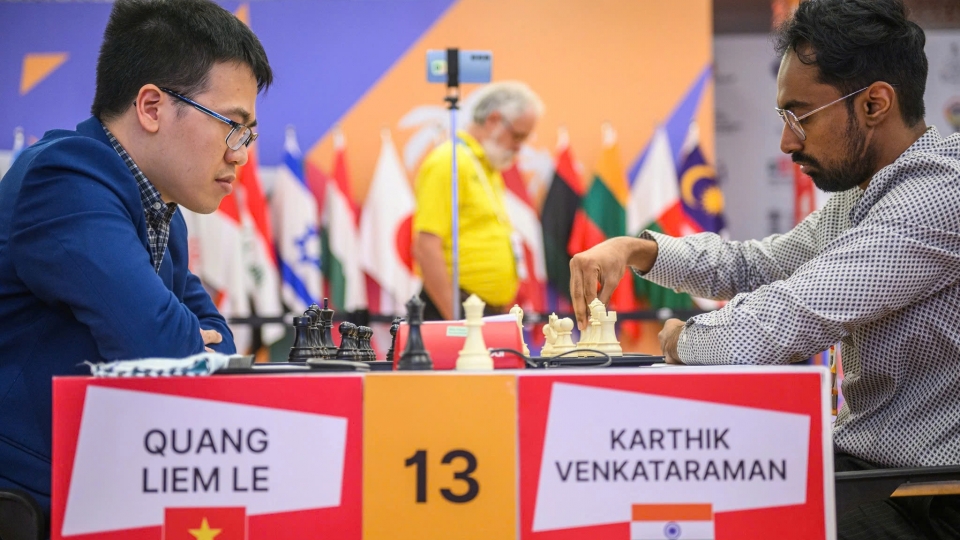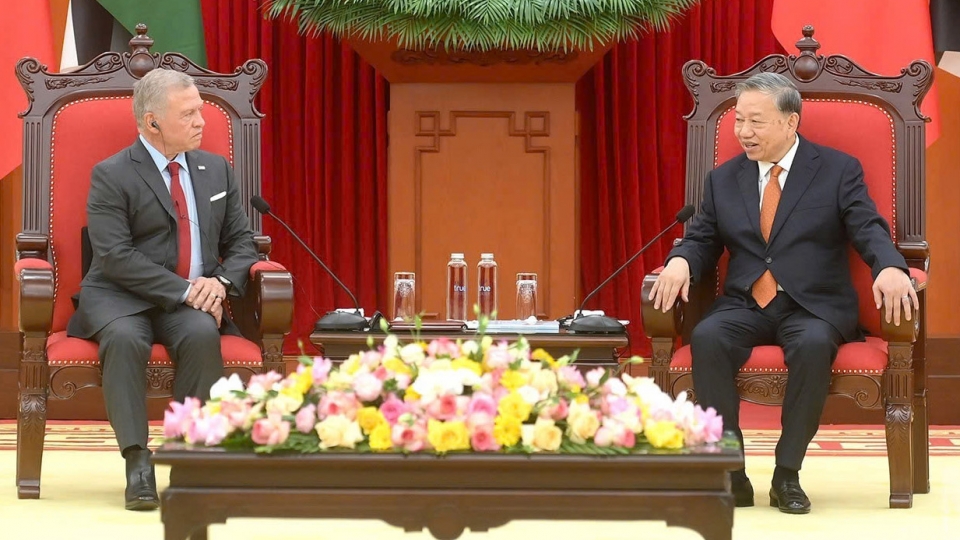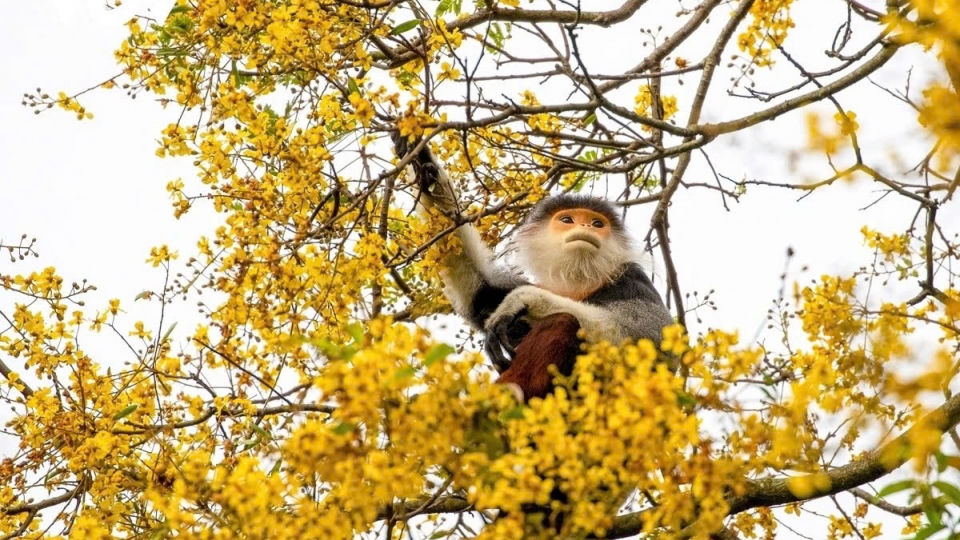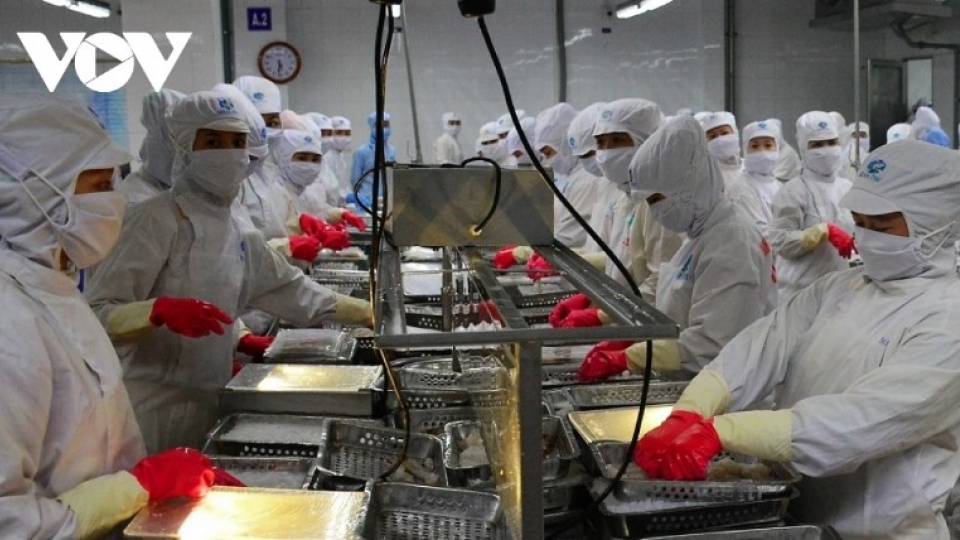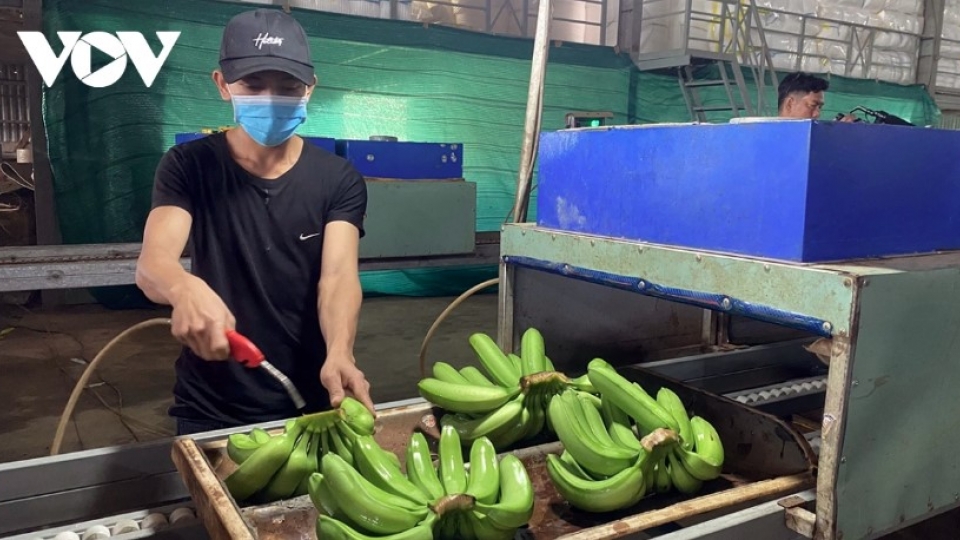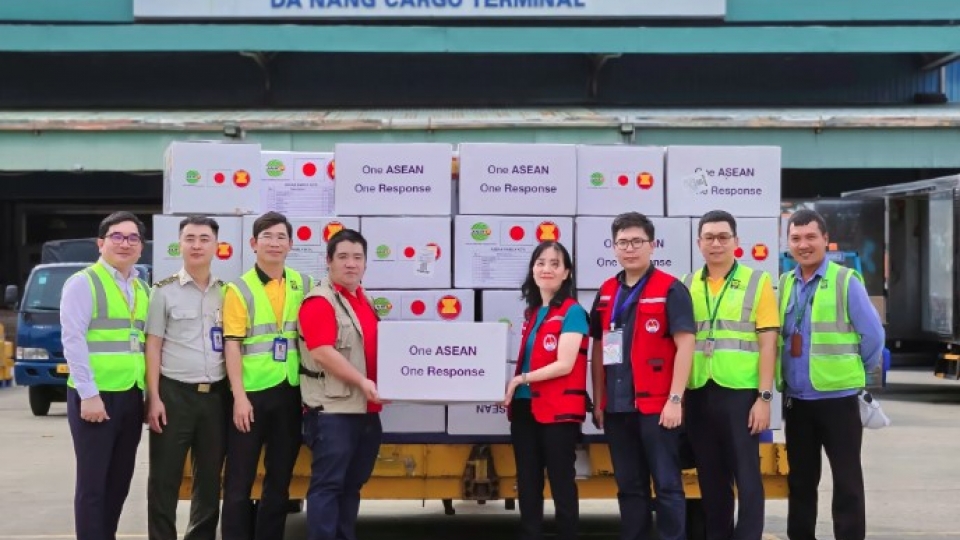Tag: automobile
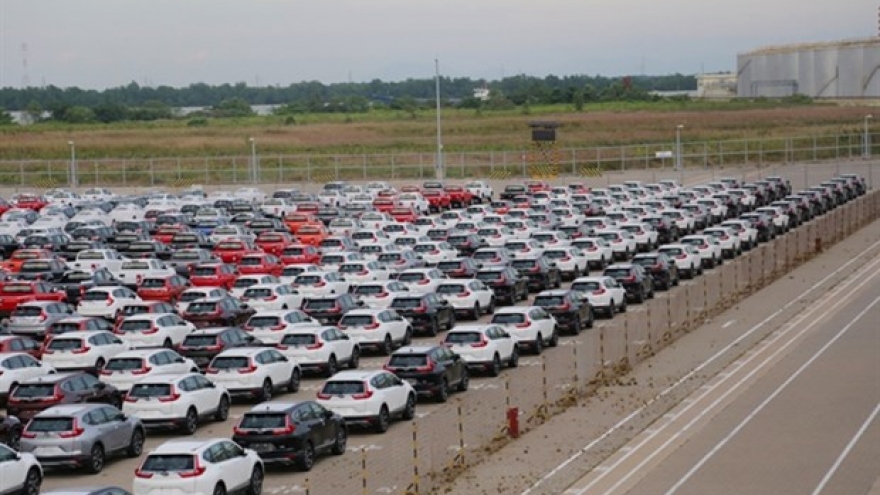
More than US$1.1 billion spent on car imports in four months
More than US$1.1 billion was spent on importing 49,360 completely built-up (CBU) vehicles in the four months of 2021 in Vietnam, a surge of 55.2% in volume and 57.2% in value over the same period last year, the General Statistics Office (GSO) has reported.
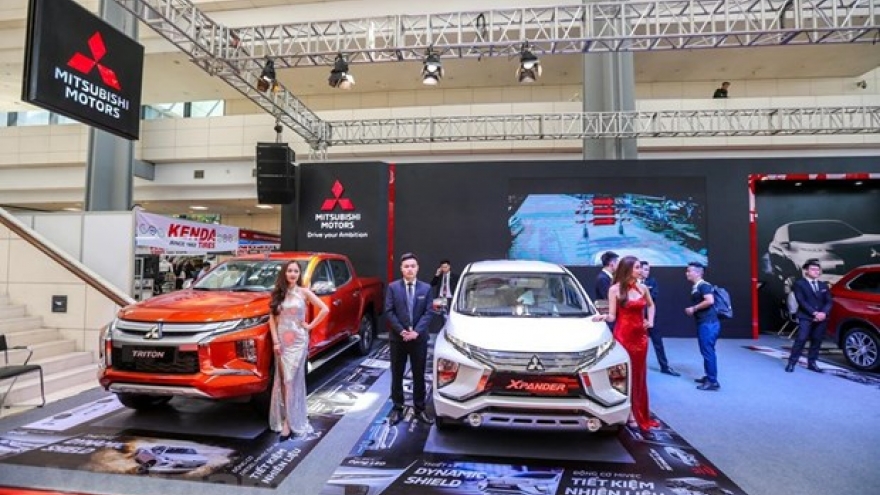
Vietnam AutoExpo 2021 to take place in August
The 17th International Exhibition on Automobile, Transportation and Supporting Industry (Vietnam AutoExpo 2021) will take place at the Vietnam National Convention Centre in Hanoi from August 19 to 22, gathering leading brands of commercial and specialised vehicles and motorcycles as well as supporting industries.
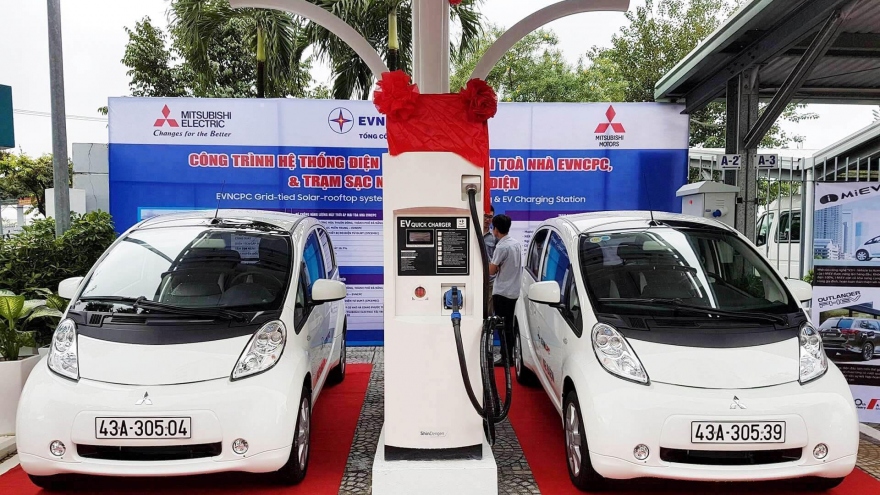
When will Vietnam begin to make electric cars?
On March 24, Vinfast made headlines after releasing its statement about receiving orders for its first electric car model VF e34 for VND690 million (about US$32,000), to be delivered in the third quarter of 2021.

Imports of automobiles accelerate in March
The import of automobiles increased dramatically in March, according to figures released by the General Department of Customs (GDC).

Automobile sales drop 22% in February
A long Lunar New Year holidays, the ending of registration fee cut and impacts from COVID-19 pandemic are major reasons behind a strong fall of automobile sales in February, according to insiders.
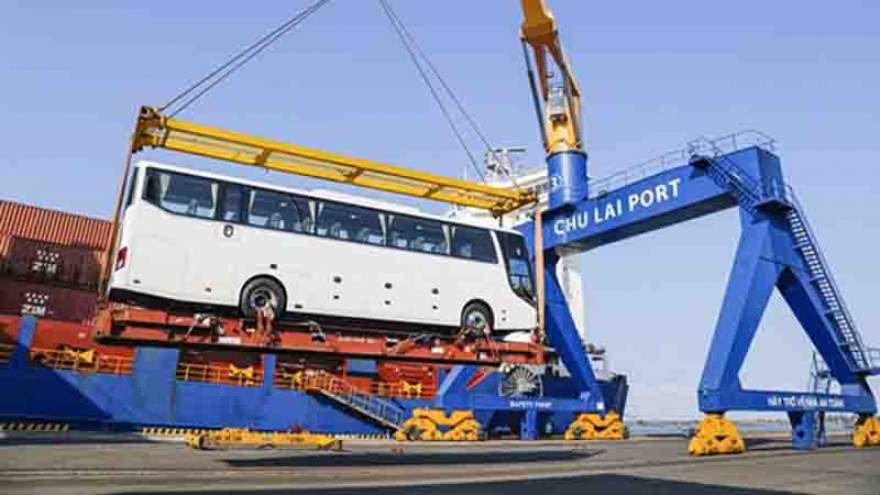
Automobile group exports over 200 units, parts
Automobile producer THACO recently shipped more than 200 Kia vehicles and auto parts to Thailand, Myanmar, Japan, and the Republic of Korea (RoK).
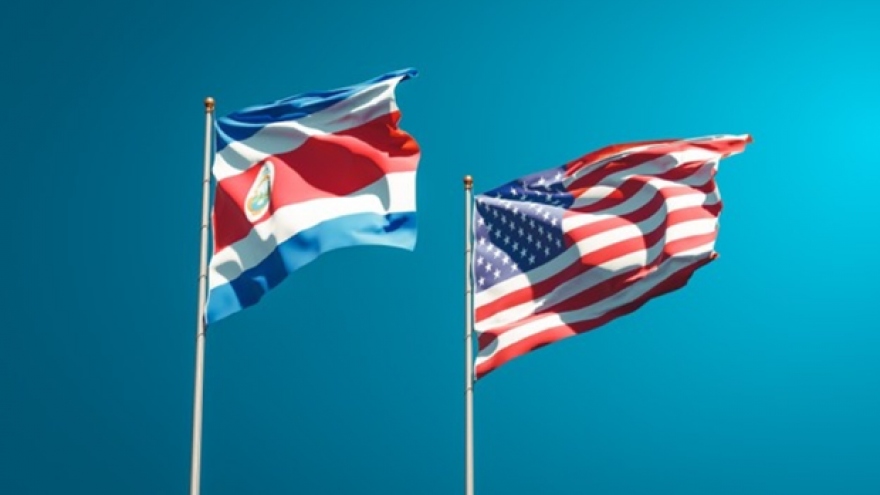
FPT Software sets up first international production centre in Costa Rica
FPT Software said on January 20 that it had recently set up its first international production centre in Costa Rica, in the capital San Jose.
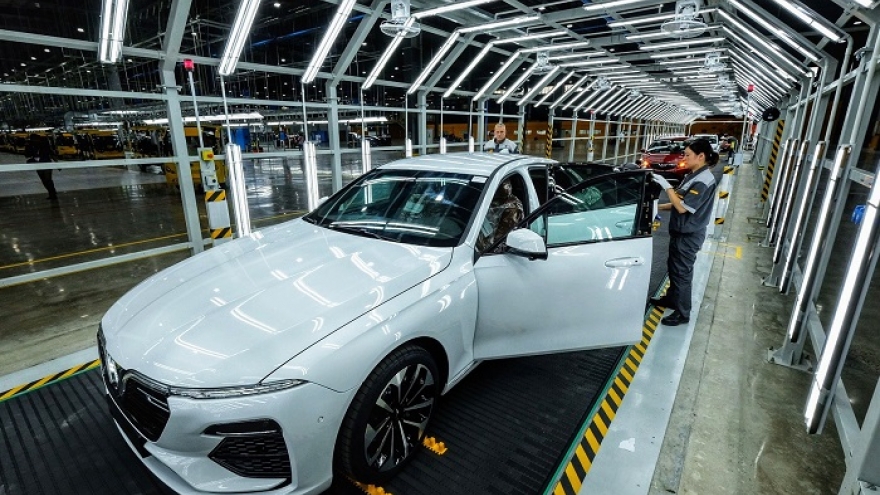
New regulations to change Vietnam automobile industry in 2021
Cars in Vietnam since 2021 are subject to new regulations such as registration fee, import tariff, and higher emission standards.
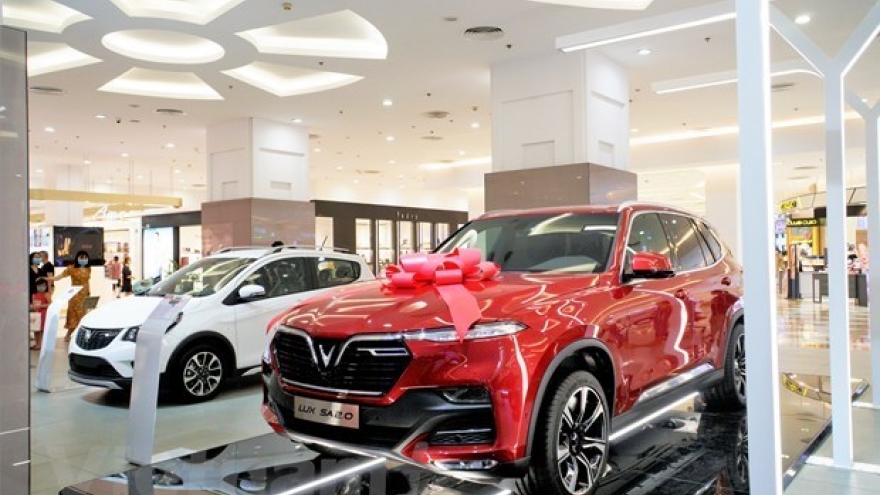
Automobile sales inches up 9% in November
Sales of automobiles in November went up 9% against the previous month to 36,359 vehicles, according to Vietnam Automobile Manufacturers’ Association (VAMA) said on December 10.

Vietnam – Russia potential engagement in automobile industry on media’s radar
A recent online meeting between Vietnamese Deputy Prime Minister Trinh Dinh Dung and his Russian counterpart Dmitry Chernyshenko has aroused the Russian media’s interest in the country’s potential automobile cooperation with Vietnam and the possibility of bringing Russian cars to the ASEAN market through the Southeast Asian nation.

